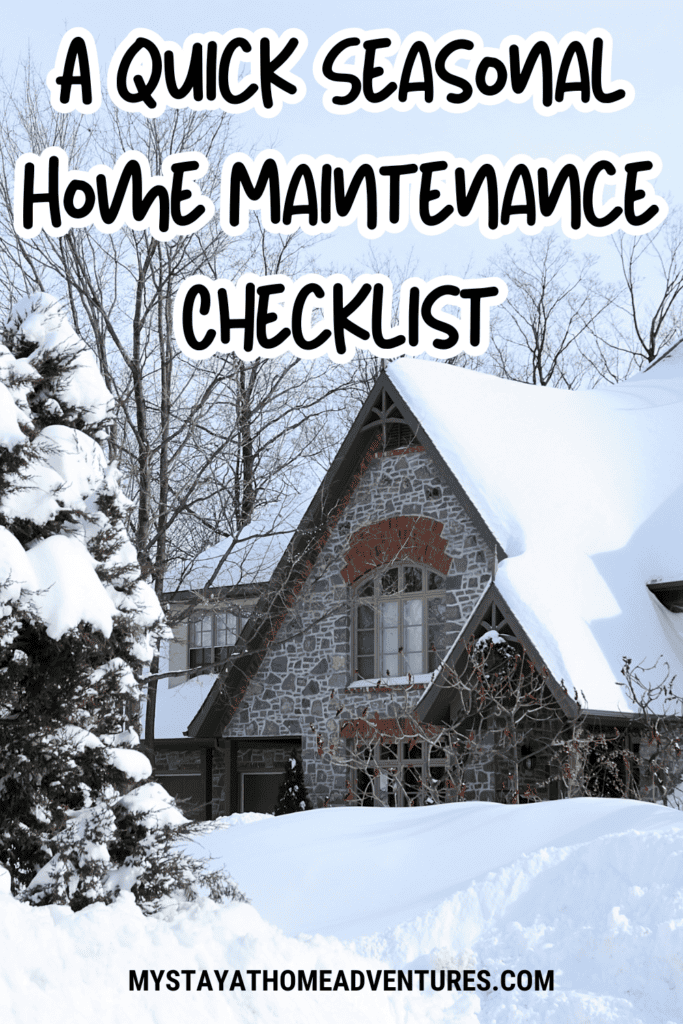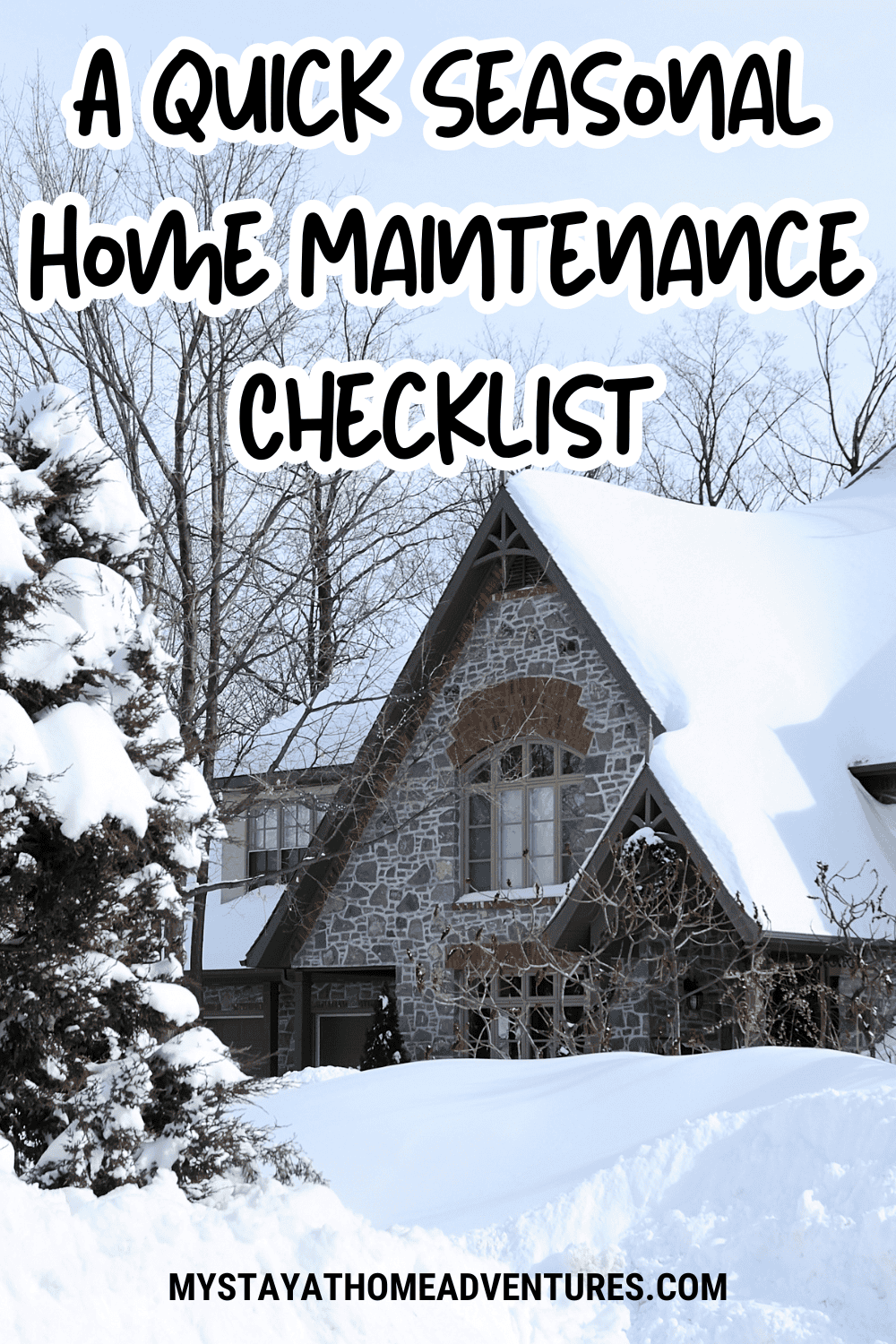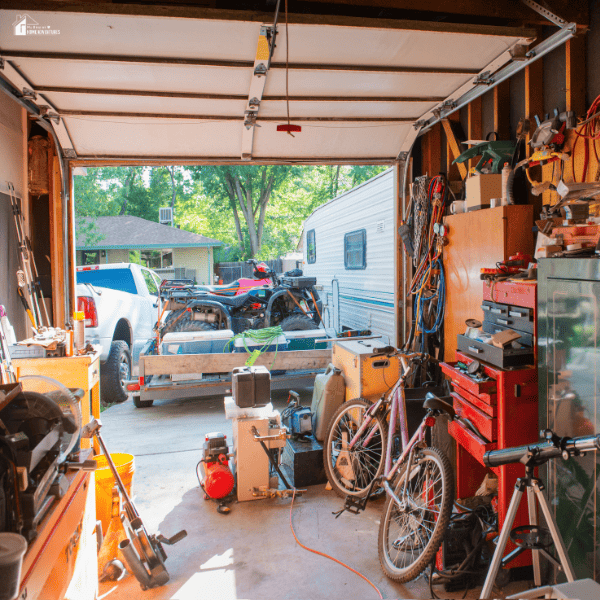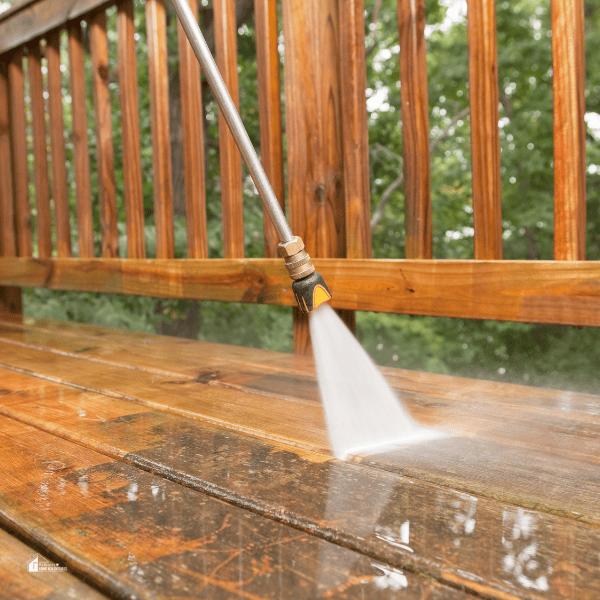A Quick Seasonal Home Maintenance Checklist
This post may contain affiliate links which might earn us money. Please read my Disclosure and Privacy policies hereHomeownership brings the joy of creating a space uniquely yours but also the responsibility of maintaining it. With the changing seasons come different challenges, each requiring attention to ensure your home remains in good shape. Regular maintenance prevents costly repairs, extends the life of your home’s structure and systems, and keeps it running efficiently. Here's a quick seasonal home maintenance checklist to help you stay on top of things.

Spring Maintenance: Preparing for Warm Weather
As winter melts away and warmer temperatures begin to emerge, it’s important to inspect and repair any damage caused by the harsh cold. Spring is also an ideal time to prepare your home for the hot summer months ahead.
- Inspect the Roof and Gutters
- The freeze-thaw cycle of winter can take a toll on your roof. Inspect for loose or missing shingles, and check the flashing around chimneys and vents for signs of damage. Address any issues early to avoid leaks during spring rains.
- Clear your gutters of leaves, twigs, and other debris that may have accumulated during the fall and winter months. Clogged gutters can cause water to pool, leading to roof damage or basement flooding.
- Check for Foundation Cracks
- Winter weather can cause soil to shift, which may lead to cracks in your foundation. Check the exterior walls and foundation for any signs of cracking. If you spot any, consider getting professional help to avoid further damage.
- Service the HVAC System
- Your air conditioning system will be working overtime in the coming summer months. Schedule an inspection to clean or replace filters with merv 14 filters, check the coolant levels, and ensure that your system is operating efficiently. This not only extends the life of your HVAC system but also lowers your energy bills.
- Inspect Exterior Paint and Siding
- Examine your home’s exterior for peeling paint or damaged siding. Spring is a good time to paint touch-ups or replace any deteriorating siding to protect your home from moisture damage.
- Check Windows and Doors for Leaks
- Inspect the seals around your windows and doors to ensure they are airtight. Replace any worn or damaged weatherstripping to keep your home energy-efficient and prevent drafts.
Summer Maintenance: Focusing on the Outdoors
With longer days and pleasant weather, summer is the ideal season for tackling outdoor projects. Maintaining the exterior of your home during this time helps prevent problems that may arise in the colder months.
- Maintain the Lawn and Garden
- Summer is the peak growing season, so take care of your lawn by mowing regularly, trimming bushes, and weeding the garden. Consider setting up an irrigation system to ensure that your plants receive adequate water, especially during dry spells.
- Inspect and Clean the Siding
- Dust, pollen, and mold can accumulate on the siding. A thorough cleaning, whether using a pressure washer or a hose with a soft brush, can prevent long-term damage and keep your home looking fresh.
- Inspect and Repair Driveways and Walkways
- Check your driveway and walkways for cracks that may have developed due to extreme winter temperatures. Seal any cracks and apply a fresh coat of sealant to your driveway to protect it from further weather damage.
- Clean and Maintain the Pool
- If you have a swimming pool, it’s important to maintain it during the summer months. Regularly clean the pool, check the chemical levels, and ensure that the pool equipment is in good working order.
- Check for Pests
- Summer often brings an increase in pests like ants, termites, and rodents. Inspect your home for signs of infestation and seal any cracks or gaps in the foundation, walls, or roofline to prevent entry. Consider using pest control measures if necessary.
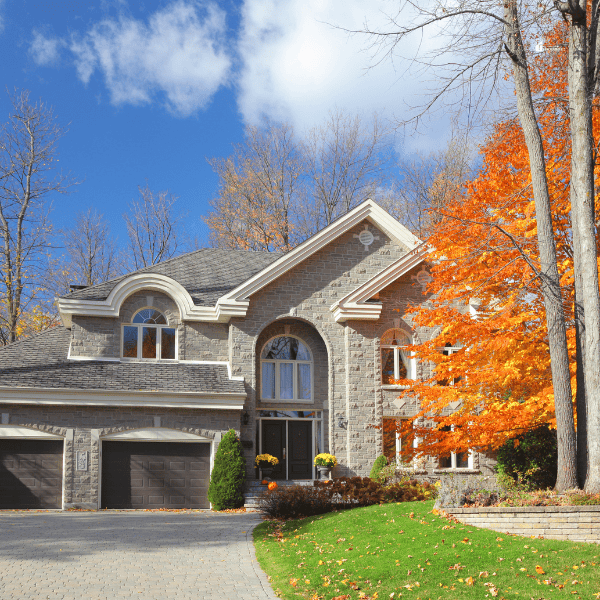
Fall Maintenance: Preparing for Cooler Weather
As the leaves begin to change, it’s time to prepare your home for the upcoming cold months. Fall is a crucial time for maintenance because any issues left unchecked could become more problematic during winter.
- Clean the Gutters Again
- Fall brings falling leaves, which can easily clog your gutters. Clean them out regularly to prevent water from pooling and causing damage to your roof, siding, or foundation.
- Winterize the Outdoor Plumbing
- As temperatures drop, it’s important to protect your plumbing from freezing. Drain and disconnect hoses, shut off outdoor water sources, and insulate any exposed pipes to prevent them from bursting in the winter.
- Check Insulation and Weatherproofing
- Fall is the perfect time to check your insulation and weatherproofing before the winter cold sets in. Add insulation to your attic if necessary, and replace any worn weatherstripping around doors and windows to keep your home warm and energy-efficient.
- Furnace Maintenance
- Before the cold weather hits, have your furnace inspected and serviced. Replace the air filters and ensure that the system is running efficiently. This will help avoid breakdowns during the winter months when you need heat the most.
Winter Maintenance: Protecting Your Home from the Cold
Winter can be one of the toughest seasons on your home. Cold temperatures, snow, and ice can cause damage, but regular maintenance will keep your home safe and warm.
- Prevent Ice Dams
- Ice dams can form when snow melts on your roof and refreezes at the eaves, preventing proper drainage. To prevent ice dams, keep your attic properly insulated and ventilated, and regularly clear snow from your roof with a roof rake.
- Check for Drafts
- Cold drafts can significantly increase your heating bills. Inspect windows, doors, and any other areas where cold air may be entering. Use caulk or weatherstripping to seal any gaps.
- Monitor Pipes
- Frozen pipes can burst and cause extensive damage. Keep an eye on pipes located in unheated areas, such as basements and garages. Insulate them to prevent freezing, and let faucets drip slightly during extremely cold temperatures to keep water moving.
- Test Emergency Equipment
- Winter is a time when power outages and other emergencies are more likely to occur. Test your emergency equipment, including generators, flashlights, and fire extinguishers. Make sure you have a stockpile of essentials, like blankets and bottled water.
- Check for Ice on Walkways
- Ice on walkways, driveways, and steps can be hazardous. Use salt, sand, or a de-icing agent to prevent accidents, and clear snow promptly after each storm.
In Conclusion
Regular seasonal maintenance is key to preserving the value and comfort of your home. By following this quick checklist each season, you’ll catch potential problems early, maintain your home’s efficiency, and avoid costly repairs. Whether you’re preparing for the heat of summer or the chill of winter, consistent upkeep ensures your home remains a safe and comfortable place to live year-round.
